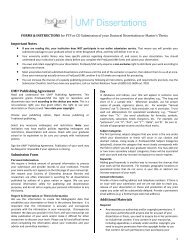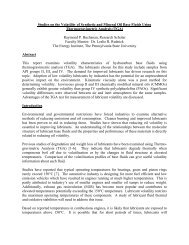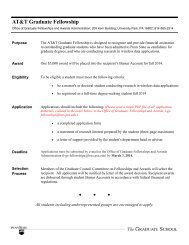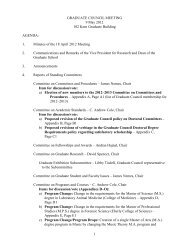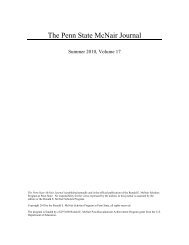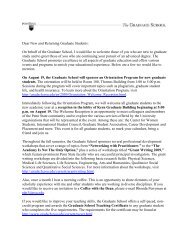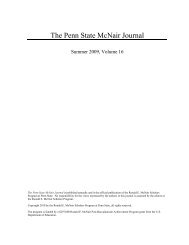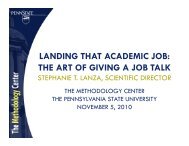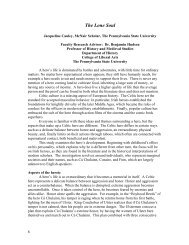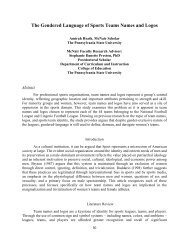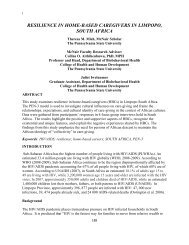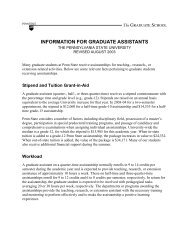bubble pump modeling for solar hot water heater system design
bubble pump modeling for solar hot water heater system design
bubble pump modeling for solar hot water heater system design
You also want an ePaper? Increase the reach of your titles
YUMPU automatically turns print PDFs into web optimized ePapers that Google loves.
Many authors have <strong>for</strong>mulated empirical correlations <strong>for</strong> C 0 and V gj depending on the two-phase<br />
vertical flow regimes shown in Figure 5 and other parametric effects. In the current study, the<br />
diameter of the lift tube and surface tension are two important parameters of the <strong>bubble</strong> <strong>pump</strong><br />
<strong>design</strong> that could potentially increase the efficiency of the <strong>pump</strong>. There<strong>for</strong>e, the correlation of de<br />
Cachard and Delhaye (1996), which took surface tension effects into account, is used <strong>for</strong> the<br />
slug flow regime. The de Cachard and Delhaye empirical correlations <strong>for</strong> V gj and C 0 are:<br />
0.01N<br />
f / 0.345 3.37Bo<br />
/ m<br />
V 0.345 1<br />
e 1<br />
e gD<br />
[20]<br />
gj<br />
C 0 =1.2<br />
<br />
<br />
Where:<br />
<br />
N<br />
f<br />
<br />
2<br />
<br />
<br />
<br />
<br />
gD<br />
3<br />
L L G<br />
[21]<br />
2<br />
<br />
L<br />
Bond number:<br />
<br />
<br />
2<br />
<br />
L<br />
G<br />
gD<br />
Bo [22]<br />
<br />
And m is defined <strong>for</strong> different ranges of N f :<br />
N f > 250:<br />
m = 10<br />
[23a]<br />
18 N 250 :<br />
N 18 :<br />
f<br />
f<br />
0.<br />
35<br />
N<br />
<br />
m 69<br />
[23b]<br />
f<br />
m 25<br />
[23c]<br />
It is expected that the <strong>system</strong> will also experience bubbly and churn flow regimes, thus<br />
correlations are needed to define the transitions between bubbly, slug and churn along with<br />
correlations <strong>for</strong> the drift flux velocity and C 0 <strong>for</strong> the bubbly and churn flow cases.<br />
The transitions between flow regimes are often determined by void fraction ɛ (Taitel and<br />
Bornea, 1980). Taitel and Bornea (1974) found that in bubbly flow ɛ < 0.25, ɛ = 0.25 at slug<br />
flow regime, and ɛ > 0.25 during churn flow. Although <strong>for</strong> most cases bubbly flow happens<br />
when the void fraction is less than 0.25, the flow pattern varies when diameter of the lift tube<br />
changes. Thus, Hasan’s (1987) correlation was used in the study <strong>for</strong> transition between bubbly<br />
flow and slug flow. Hasan defines the relative velocity of the vapor <strong>bubble</strong>s, U 0 , and the larger<br />
coalesced Taylor <strong>bubble</strong>, U G , in the flow as follows:<br />
180



